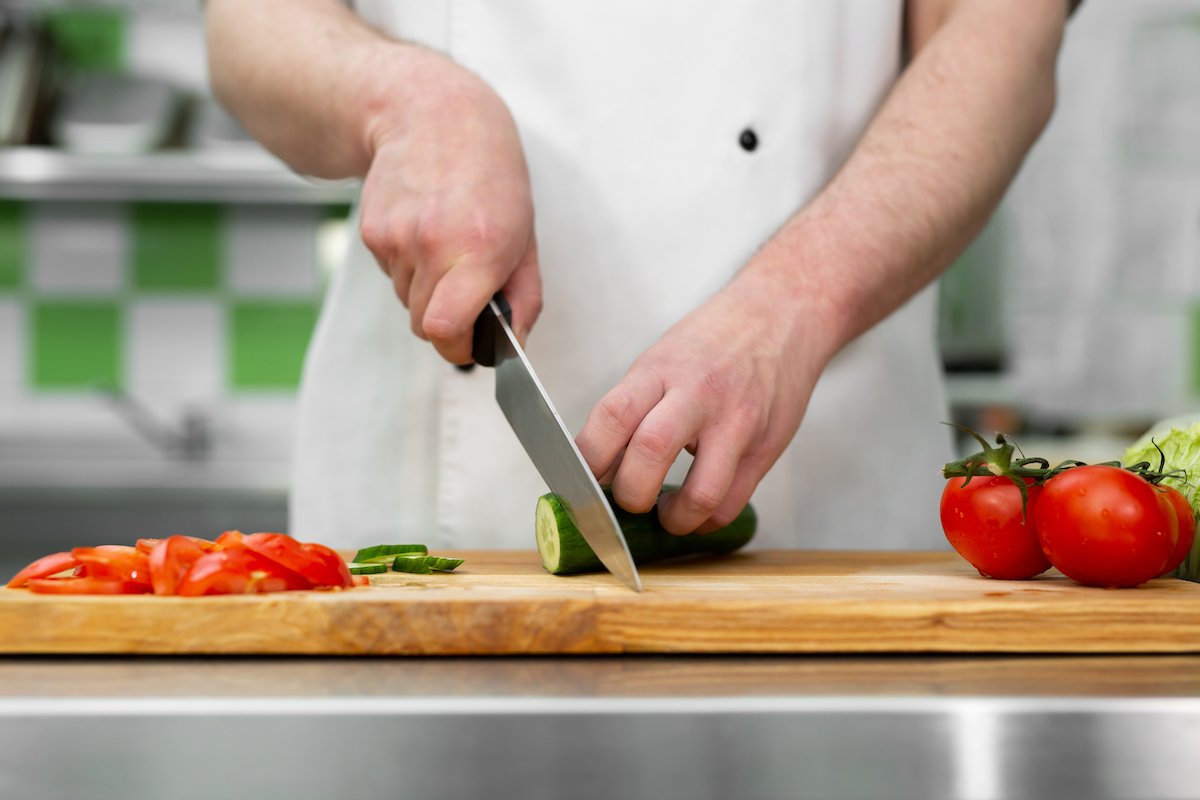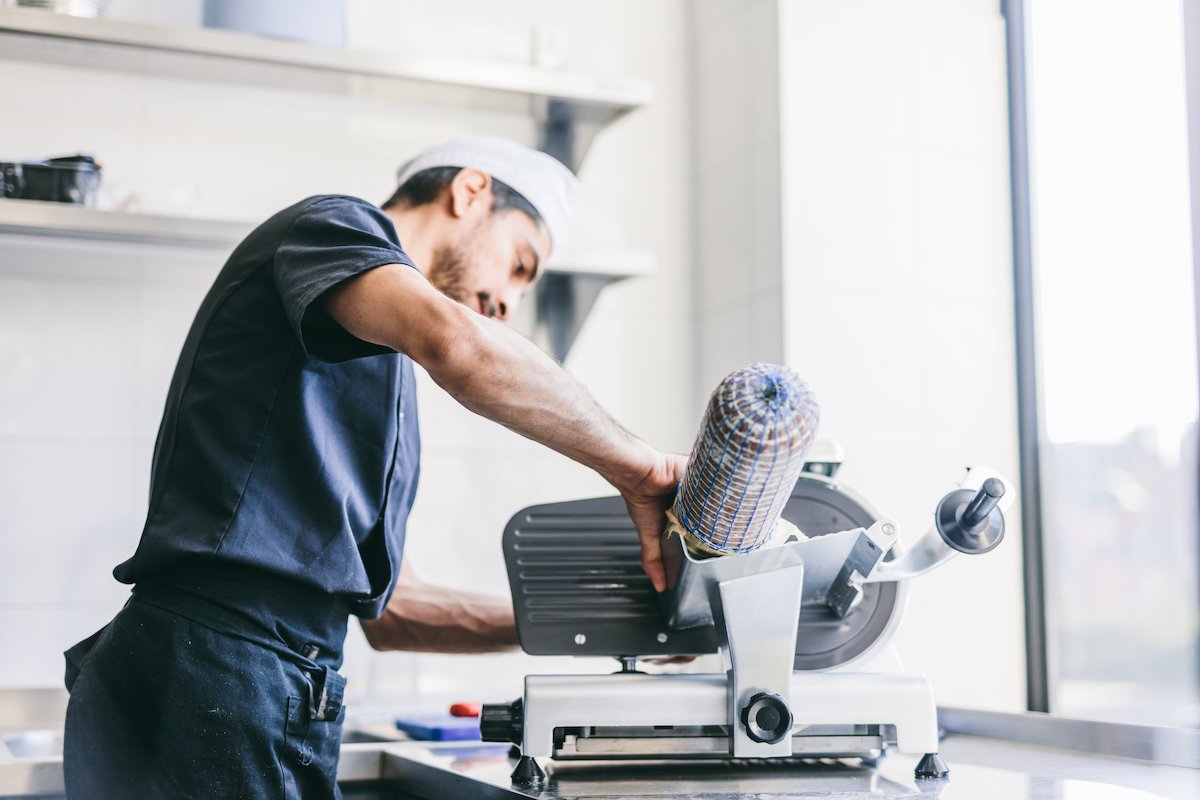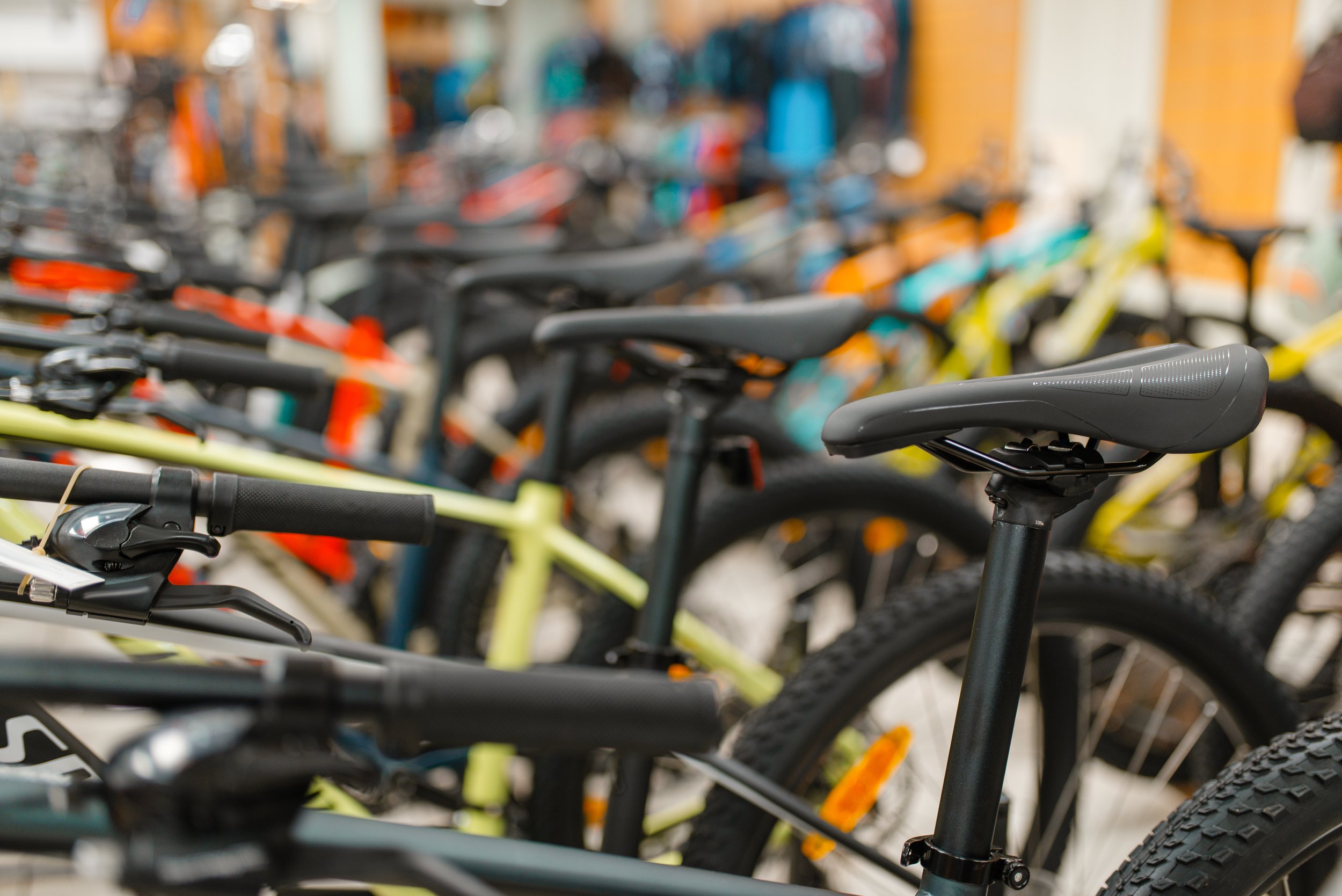Knife Safety Fundamentals - Grocery
Languages: English
Media Editing: The video module(s) in this subject are editable under our Content Studio offering unless otherwise indicated. For more information about Content Studio, contact your CSM.
Description: Knife-related accidents are common in all professional kitchen environments, including in grocery settings. While it's unrealistic to eliminate these types of incidents completely, the content in this subject can help make sure that you and your staff have the knowledge required to make good, safe choices when it comes to culinary knife selection, inspections, uses, and handling.
Languages: English
Media Editing: The video module(s) in this subject are editable under our Content Studio offering unless otherwise indicated. For more information about Content Studio, contact your CSM.
Description: Knife-related accidents are common in all professional kitchen environments, including in grocery settings. While it's unrealistic to eliminate these types of incidents completely, the content in this subject can help make sure that you and your staff have the knowledge required to make good, safe choices when it comes to culinary knife selection, inspections, uses, and handling.
Languages: English
Media Editing: The video module(s) in this subject are editable under our Content Studio offering unless otherwise indicated. For more information about Content Studio, contact your CSM.
Description: Knife-related accidents are common in all professional kitchen environments, including in grocery settings. While it's unrealistic to eliminate these types of incidents completely, the content in this subject can help make sure that you and your staff have the knowledge required to make good, safe choices when it comes to culinary knife selection, inspections, uses, and handling.
Topics
Preparing the Correct Knife & Cutting Surface
-
This topic teaches learners some valuable safety information related to knives and cutting surfaces, such as: how to select the right type of knife and cutting board, how to secure the cutting board, and an overview of the four most popular types of knives found in a grocery setting.
-
Questions (level 1, 2, 3)
Video module
-
This topic is currently available in English.
-
A chef knife, also known as a French knife, is a multipurpose knife, with a 6 to 12-inch rounded blade, which lets you rock the knife while cutting. It’s used for mostly vegetable and meat preparation.
A serrated/bread knife is used for foods that are harder on the outside and softer on the inside, like bread and softer ‘fleshed’ foods, like tomatoes. The serrated blade allows you to cut through the hard outer layer without squishing or damaging the food.
A boning knife has a sharp point and a medium, narrow blade. It is used to trim fat from meats and carve meat from around the bones.
A paring knife is a precision knife with a blade that is approximately 3-inches long. It is used for cutting smaller vegetables and fruits, deveining shrimp, and peeling.
The general rule to follow when selecting the right knife for the job is to make sure your knife is larger than the food you’re cutting.
Always use a cutting board rather than cutting directly on your counter. Counter tops can damage or dull the blades and promote cross-contamination.
To help secure the cutting board, place a wet cloth underneath your cutting board. The wet cloth keeps the board from moving while you’re cutting.
If your table or platform is on wheels, make sure the wheels are locked, so the table doesn’t roll or move while you’re using the knife.
Make sure your cutting table or platform is at a comfortable height. If needed, stack cutting boards on top of each other to build up height, which will help you avoid musculoskeletal disorders (MSDs), as well as maintain better control of the blade.
To avoid contamination, always use a plastic cutting board for meat because plastic isn’t as porous as wood, and it can be properly cleaned and sterilized after use.
Never mix up cutting boards; this can lead to cross-contamination, which can be dangerous and cause illness.
Inspecting, Using & Handling Knives
-
It is important to inspect your knife before deeming it appropriate for use. In this topic, learners are taught what to look for when inspecting their knives and some of the consequences of using dull or loose blades and handles. This topic also teaches learners how to properly hold, carry, and pass a knife to someone else.
-
Questions (level 1, 2, 3)
Video module
-
This topic is currently available in English.
-
Always do a careful inspection of each knife before using it to make sure it’s safe for use. This can be done by making sure the handle isn’t loose and is holding the blade in place.
Make sure the knife blade is sharp. Dull blades are responsible for most knife-related accidents because they require the user to increase pressure, which affects how well they can control the blade.
Always keep the fingertips of the hand holding the food tucked in and out of the way of the blade to avoid accidental cuts or injuries.
Do not use the blade of your knife to cut or separate frozen foods. The jabbing motions and hard, slippery surface can compromise your control of the blade or lead to accidentally stabbing your hands.
If you need to leave your knife during a task, wipe it and place it on top of your cutting board, uncovered and in plain sight, so everyone can see it’s there.
Never leave the handle or blade of the knife hanging over the edge of the table or surface. Others can knock the knife off or cut themselves when walking past the knife.
If a knife is knocked off a surface, do NOT try to catch or stop it. Stand back, and let the knife fall to the ground. Interfering with the fall can cause an injury if the blade catches your hand or lands on your feet.
When carrying a knife, always carry it at your side, with the blade facing back and with your finger on the top blunt edge of the blade.
To pass a knife to another person, grip the top of the blade securely and pass them the handle, with the sharp edge of the blade pointing towards the floor. This way, they can safely grab the knife without the risk of cutting themselves.
If you are interrupted while cutting food, put the knife down on the cutting surface, and give the other person your full attention. This way, you won't be distracted by the conversation while trying to use your knife.
When not in use, knives should always be stored in a rack to reduce the risk of accidents and damage to the blade.






